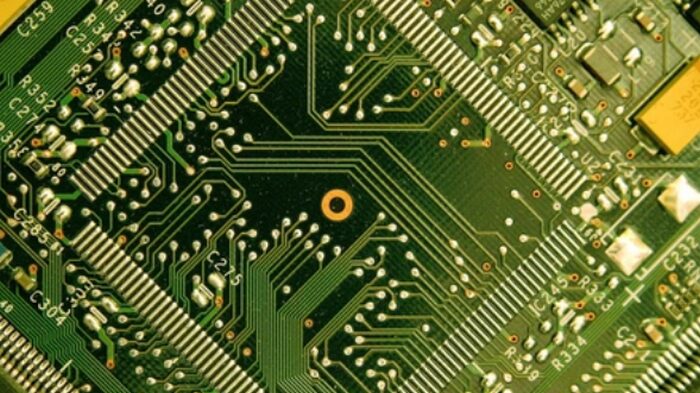When building or upgrading a computer, choosing the correct motherboard is essential. As the system’s cornerstone, it influences functionality and performance as well as determines whether additional components will work with it. When selecting a motherboard, keep these seven important factors in mind to help you make an informed decision:
1. Compatibility: Verify that your CPU and other hardware components are compatible. Verify the RAM compatibility (DDR4, DDR5, etc.), the motherboard’s socket type in relation to your CPU, and the support for your graphics card, storage devices, and expansion cards.
2. Form Factor: Select a motherboard form factor that will accommodate your case and your desires for expansion. Micro-ATX, Mini-ITX, and ATX are examples of common form factors. Micro-ATX and Mini-ITX offer smaller sizes ideal for compact setups, while ATX offers enough of room for expansion and many PCIe slots.
3. Extension Slots: Think about how many and what kind of extension slots you’ll need for your add-ons and upcoming upgrades. PCIe slots can hold expansion cards, graphics cards, and M.2 slots for SSDs; SATA ports can hold extra peripherals and storage devices.
4. Features and Connectivity: Assess the features and connectivity choices of the motherboard to ensure that they satisfy your unique requirements. Search for onboard Bluetooth, Ethernet, Wi-Fi, USB (including USB 3.0 and USB-C), audio, and other peripheral ports. Think about extra features like BIOS features, RGB illumination, and overclocking ability.
Choose a reputed motherboard manufacturer that has a solid reputation for quality, dependability, and customer support to ensure build quality and brand reputation. To guarantee long-term dependability and compatibility with your components, look into user evaluations, professional recommendations, and brand reputation.
6. BIOS and Firmware: Check the BIOS (Basic Input/Output System) and UEFI (Unified Extensible Firmware Interface) of the motherboard for compatibility, stability, and ease of use. In order to improve performance and stability, look for user-friendly interfaces, overclocking capabilities, and frequent firmware upgrades.
7. Price and Value: Take the motherboard’s features, performance, and compatibility into consideration while determining how much to spend. Spending excessive amounts on extraneous features or specs that aren’t necessary for certain jobs or upcoming upgrades is advised. To get the most out of your investment, compare costs, warranties, and included software.
In conclusion, a thorough evaluation of compatibility, form factor, expansion options, features, build quality, BIOS operation, and cost is necessary when selecting a motherboard. By weighing these seven important considerations, you may choose a motherboard that satisfies your needs, is within your means, and provides a strong base for your computer construction or upgrade. Conduct extensive research, refer to professional evaluations and user comments, and give compatibility and dependability first priority to guarantee a productive and effective computing experience.

